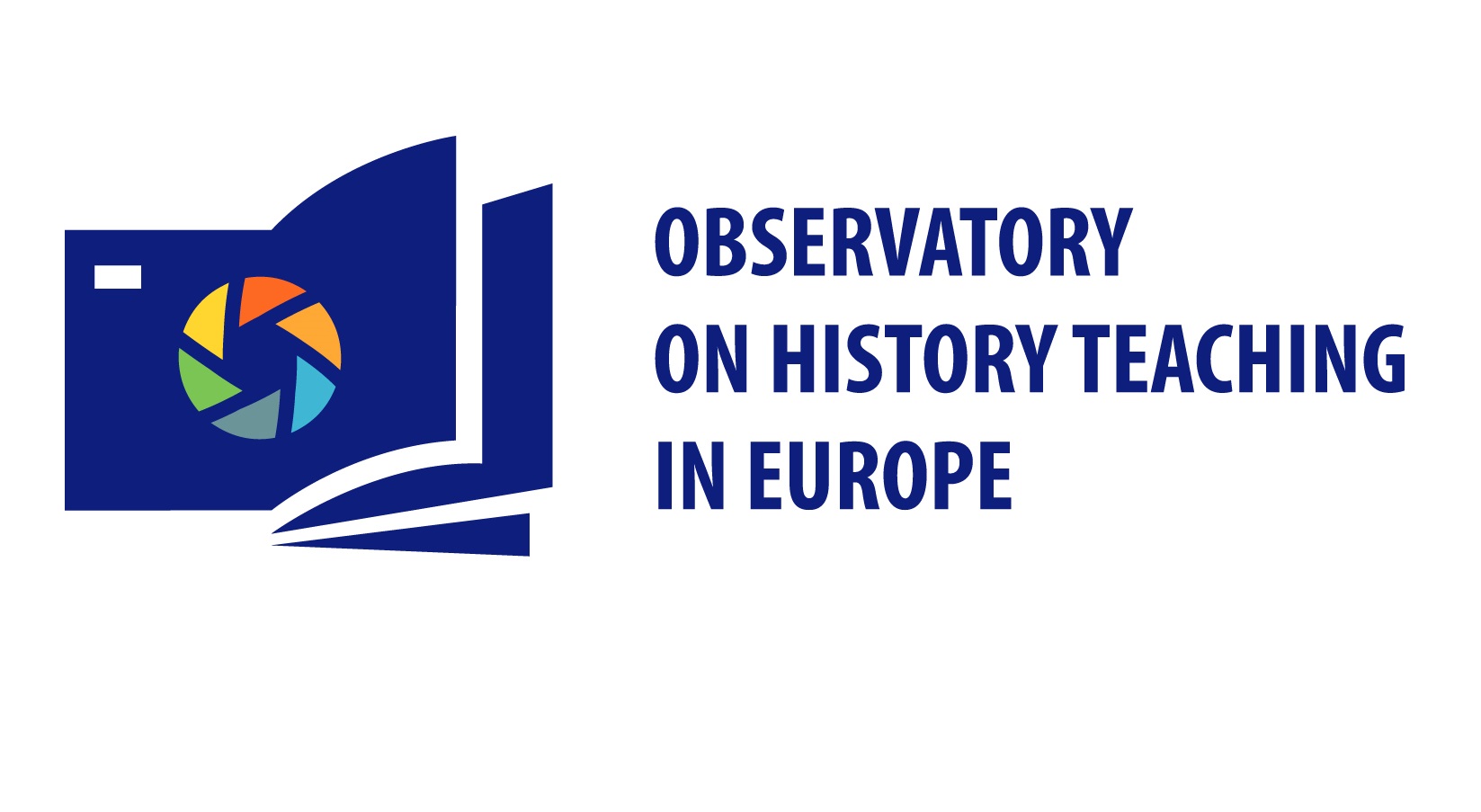Türkiye
STRUCTURE OF THE NATIONAL EDUCATION SYSTEM

Source: Eurydice 2022/23
Formal education in Türkiye is composed of preschool, elementary (primary), lower secondary, upper secondary and tertiary education levels. Preschool education welcomes children from 36 to 68 months old and it is not compulsory. Since 2012, compulsory education in Türkiye lasts 12 years and is divided into three stages (primary education, lower secondary education and upper secondary education). Primary education involves the education and training of children in the age group 6-10. It lasts four years (1st, 2nd, 3rd, 4th grades). Lower secondary education (middle school) involves the education and training of children in the age group 10-14. It lasts four years (5th, 6th, 7th and 8th grades). There are two types of lower secondary schools, which are regular schools and schools with an additional religious education curriculum called Imam-Hatip lower secondary schools.
Upper secondary education provides general and vocational education to the age group 14-17 (9th, 10th, 11th, 12th grades). There are various types of schools at upper secondary education level, which are: Anatolian, science, social sciences, art, sports, Imam-Hatip, vocational schools and vocational and technical schools. And there are also schools for students who need special education at each level. Curricula are prepared at national level from primary to upper secondary education, which is under the responsibility of the Ministry of National Education.*
For more information on the national education system in Türkiye, please visit:
Ministry of National Education
*OHTE Thematic report on "Pandemics and natural disasters as reflected in history teaching"
HISTORY IN SCHOOL
Data are currently being collected for the OHTE general report.
This section will host information on the space and time provided to ‘History’ as a subject matter within the three main levels of education (primary, lower secondary and upper secondary). It will also provide insights on the relationship between history and other school subjects.
HISTORY CURRICULUM
Data are currently being collected for the OHTE general report.
There is no history curriculum at the primary and lower secondary levels. However, historical topics are taught at a lower secondary level within the scope of the social studies course. At the upper secondary level, history is taught as a separate subject. The 2018 upper secondary history curriculum (USHC) is designed for students to learn from the simple to the complex, from the general to the specific, and from the concrete to the abstract, taking into account the developmental stages of the students and the orientations of the relevant age level. In addition, the curriculum is structured according to individual differences, interests and needs arising from hereditary, environmental and cultural factors (USHC 2018: 9). The curriculum combines a chronological and thematic approach. Concept teaching
is seen as an important part of the programme. Learners are expected to understand the relationship between the basic concepts, facts and generalisations related to each event (USHC 2018: 11). Furthermore, the curriculum expects learners to develop specific historical thinking skills in terms of chronological thinking and historical comprehension, as well as the ability to establish cause and effect relationships, the ability to perceive change and continuity, historical analysis and interpretation skills, historical problem analysis and decision-making skills, and historical empathy. It is hoped that students will play an active role in the construction of historical knowledge.
Historical thinking skills such as evaluating evidence, critical thinking and problem-solving are emphasised rather than knowledge. By developing skills based on the working methods of the historian, students should be able to analyse and comprehend past events, facts, developments, people, places and relationships within their own contexts. In addition to the emphasis on historical thinking skills, the history curriculum also aims to develop a sense of national identity and belonging among the learners (USHC 2018: 12).*
Curricula workstation by GEI (History curricula search by country)
*OHTE Thematic report on "Pandemics and natural disasters as reflected in history teaching"
LEARNING OUTCOMES AND ASSESSMENT
Data are currently being collected for the OHTE general report.
This section will contain information on the learning outcomes set for history lessons within the different levels of education and on the methods of testing and assessment used in history examinations.
EDUCATIONAL RESOURCES AND PEDAGOGY USED IN THE HISTORY CLASSROOM
Data are currently being collected for the OHTE general report.
This section will host data on the study material and teaching practices used for history teaching within the different levels of education.
International TextbookCat (GEI collection of Textbooks and Educational Media)
HISTORY TEACHERS
Data are currently being collected for the OHTE general report.
This section will provide an overview of the number of history teachers within the different levels of education, as well as relevant information on teachers’ initial training and in-service training available to them.
History Educators’ Union Association of Türkiye (presentation by EuroClio)
THEMATIC DATA
The Observatory on History Teaching in Europe also provides thematic studies on given topics.
2022: Pandemics and natural disasters as reflected in history teaching



